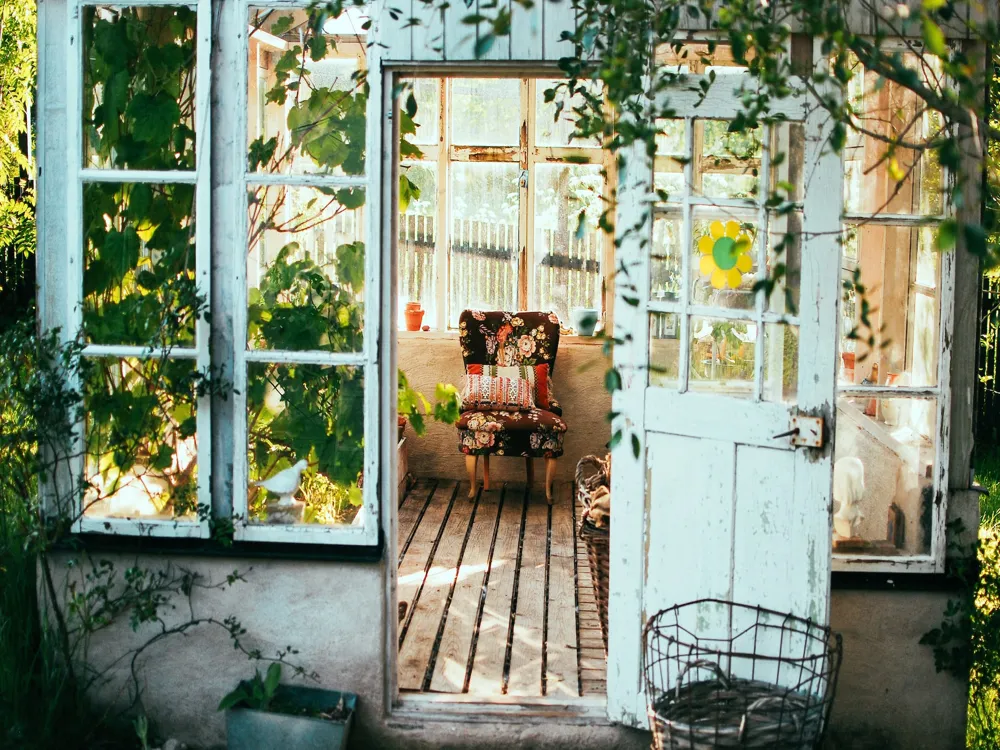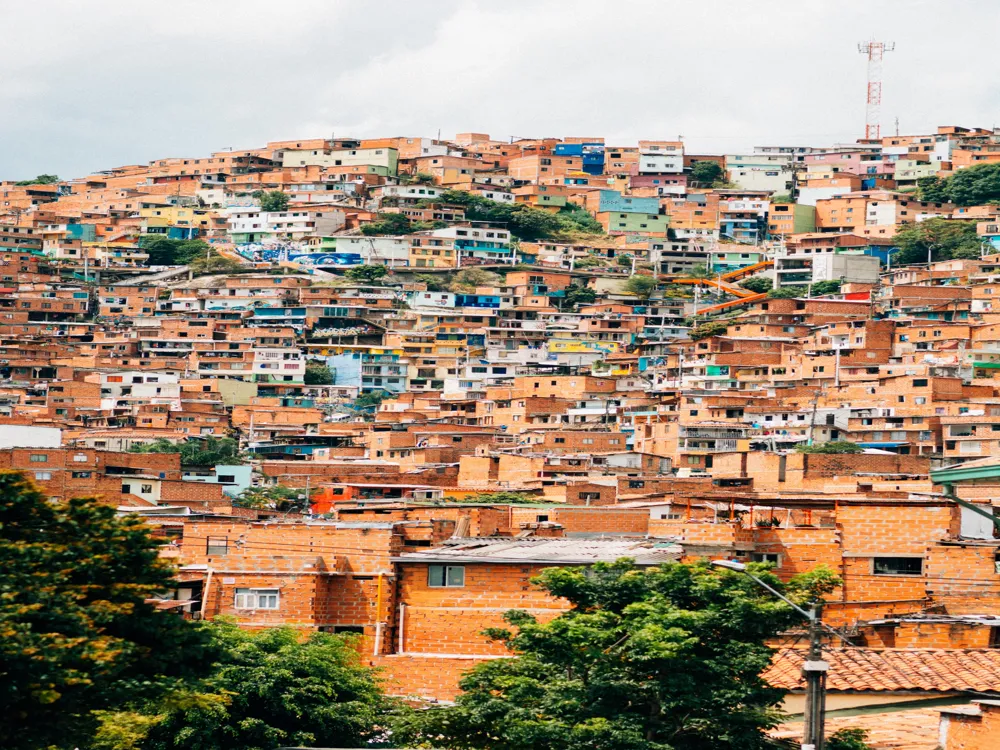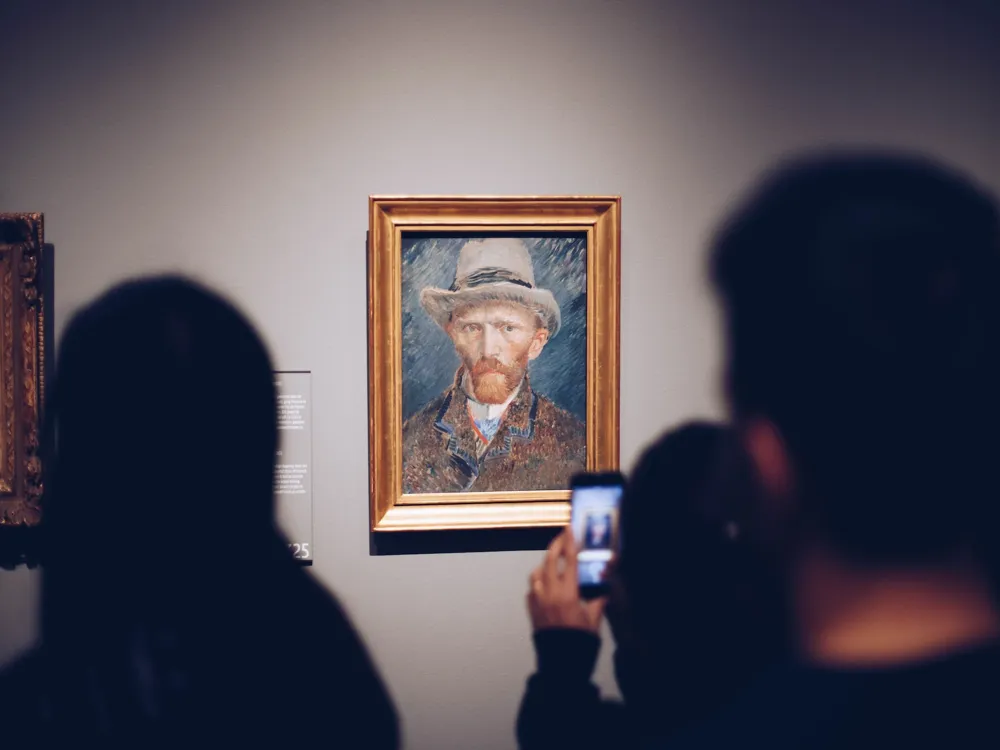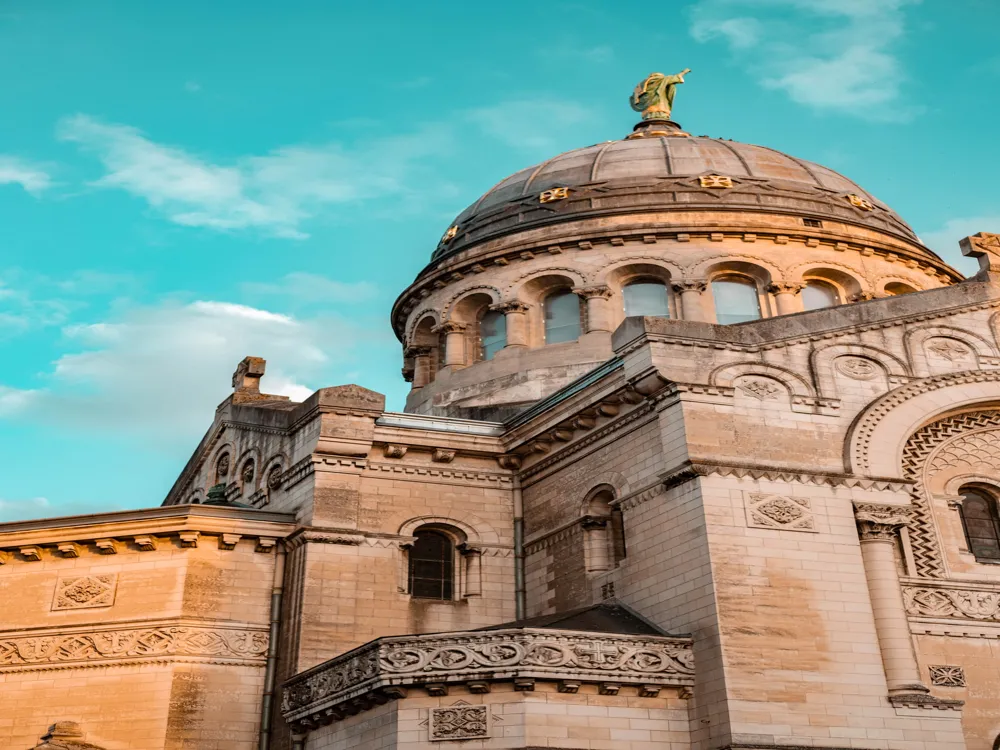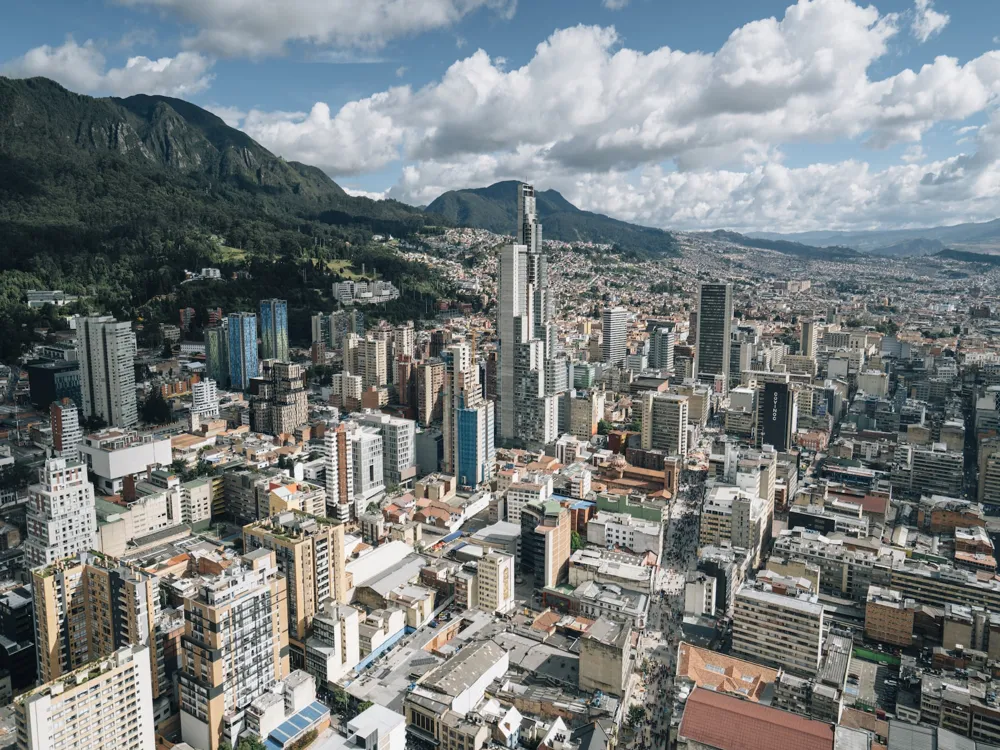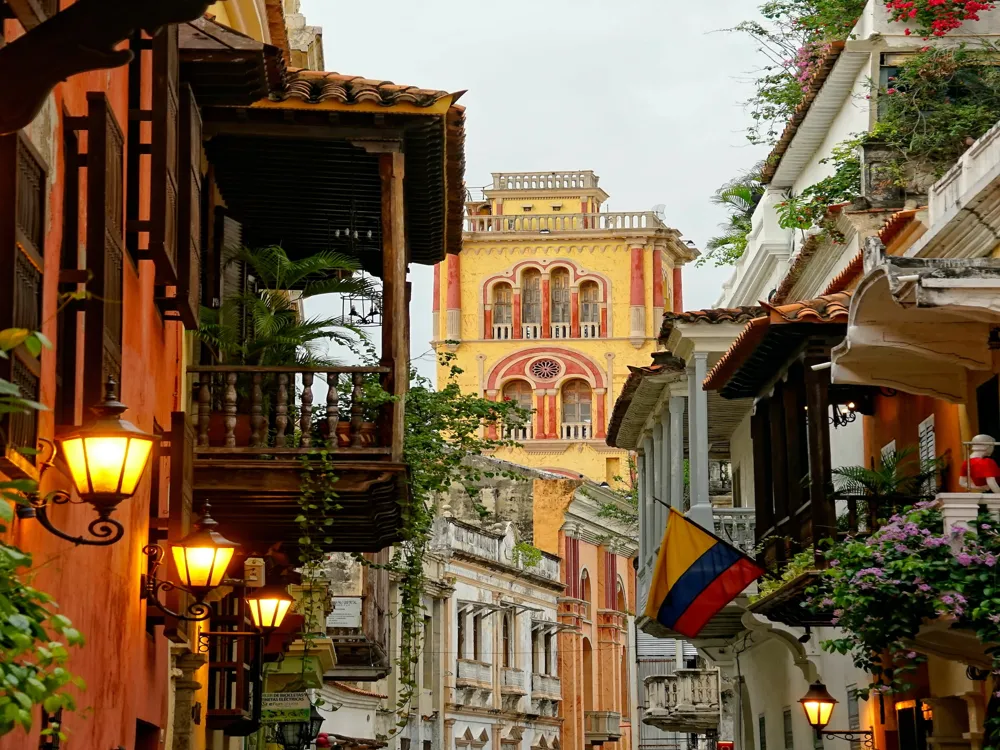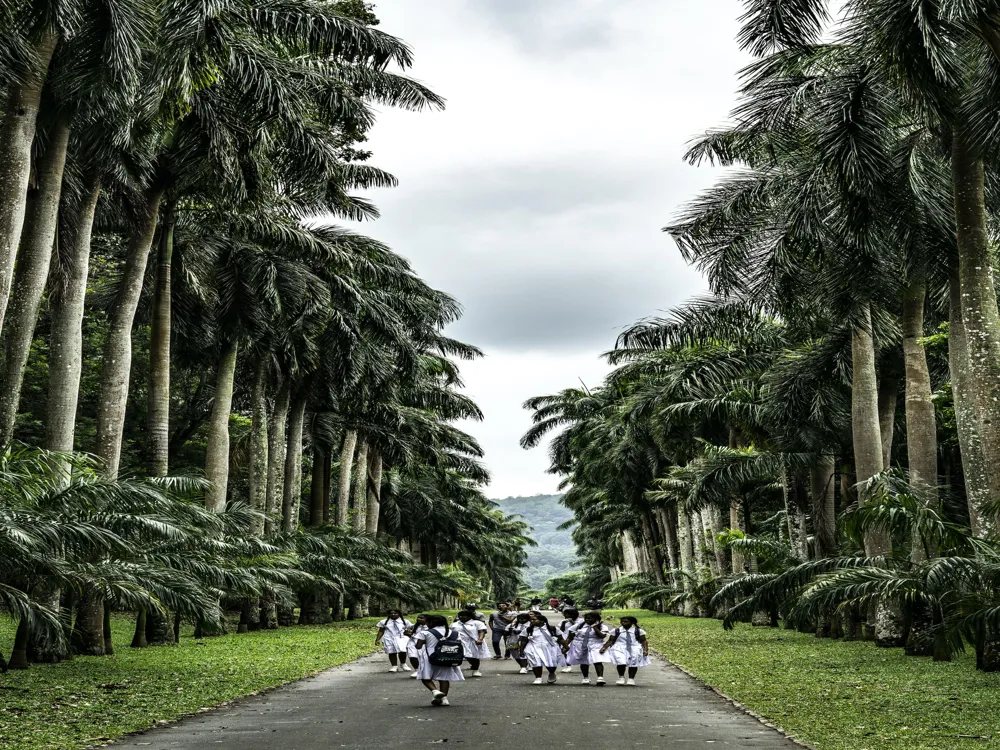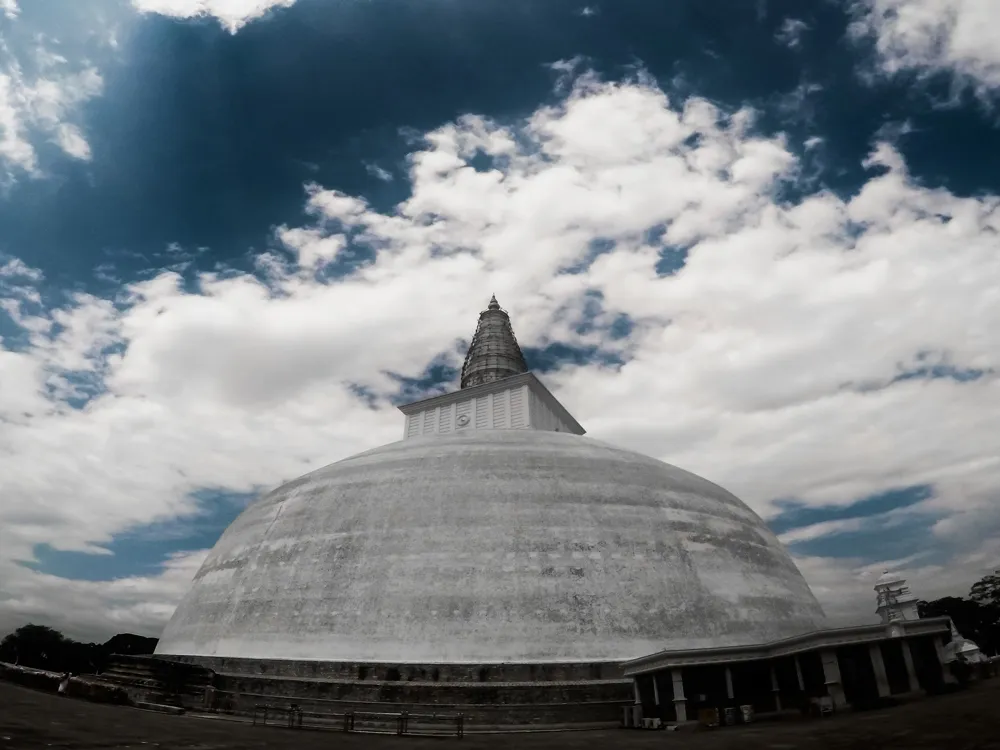Nestled in the heart of Medellín, Colombia, the Plaza Botero and Museum of Antioquia stand as iconic symbols of the city's cultural and artistic heritage. The plaza is named after Fernando Botero, a world-renowned artist native to Medellín, and is adorned with 23 of his distinctive sculptures. These oversized figures, with their exaggerated and voluptuous forms, invite viewers to engage with art in a public space, making art accessible to all. Adjacent to the Plaza is the Museum of Antioquia, which houses a significant collection of Botero's paintings and sculptures, along with pre-Columbian, colonial, and contemporary art. The combination of the Plaza and the Museum creates a unique cultural environment, reflecting the artistic soul of Medellín and offering a deep dive into Colombian culture and history.
The architecture of Plaza Botero and the Museum of Antioquia is a blend of the old and the new, symbolizing the city's journey through time. The Museum of Antioquia, originally inaugurated in 1881, reflects a Renaissance style, indicative of Medellin's aspirations towards modernity in the late 19th century. However, its most recent renovation, completed in the early 21st century, introduced modern elements, creating a harmonious blend of historical and contemporary aesthetics. The building's facade is a testament to the city's architectural evolution, featuring classical lines and arches combined with modern materials and designs. The Plaza Botero, in contrast, is an open-air space that emphasizes simplicity, allowing Botero's sculptures to take center stage. The open space of the plaza contrasts with the urban density around it, providing a refreshing openness in the heart of the city.
The ideal time to visit the Plaza Botero and Museum of Antioquia is during the week, in the morning hours when it's less crowded. This allows for a more intimate experience with the art. Additionally, Medellín's temperate climate makes it a year-round destination, though the drier months, from December to February, offer the most pleasant weather.
While visiting, it's important to respect the cultural norms. Visitors should dress modestly and behave respectfully, especially inside the museum. Photography is allowed, but flash photography may be restricted in certain areas to protect the artwork.
Both the Plaza and the Museum are wheelchair accessible, ensuring an inclusive experience for all visitors. Facilities like elevators and ramps are available for ease of movement within the museum.
Reaching Plaza Botero and the Museum of Antioquia is convenient due to Medellín's efficient public transportation system. The most accessible way is via the Medellín Metro, disembarking at the Parque Berrío station, which is just a few steps away from the Plaza. Additionally, numerous bus routes serve the area, and taxis are readily available throughout the city. For international visitors, the closest airport is José María Córdova International Airport, from where one can take a taxi or bus to the city center.
Overview of Plaza Botero and Museum of Antioquia in Medellin
Architectural Marvels of Plaza Botero and Museum of Antioquia
Tips When Visiting Plaza Botero and Museum of Antioquia
Best Time to Visit
Cultural Etiquette
Accessibility
How To Reach Plaza Botero and Museum of Antioquia
Plaza Botero and Museum of Antioquia
Medellin
NaN onwards
View medellin Packages
Weather :
Tags : Museum
Timings : Museum:
Monday - Saturday: 10:00 AM - 5:30 PM,
Sunday, Holidays: 10:00 AM - 4:30 PM
Entry Fee : Colombians: COP 12,000,
Foreigners: COP 18,000,
Discounts for senior citizens, students and groups of five and more
Planning a Trip? Ask Your Question
Medellin Travel Packages
View All Packages For Medellin
Top Hotel Collections for Medellin

Private Pool

Luxury Hotels

5-Star Hotels

Pet Friendly
Top Hotels Near Medellin
Other Top Ranking Places In Medellin
View All Places To Visit In medellin
View medellin Packages
Weather :
Tags : Museum
Timings : Museum:
Monday - Saturday: 10:00 AM - 5:30 PM,
Sunday, Holidays: 10:00 AM - 4:30 PM
Entry Fee : Colombians: COP 12,000,
Foreigners: COP 18,000,
Discounts for senior citizens, students and groups of five and more
Planning a Trip? Ask Your Question
Medellin Travel Packages
View All Packages For Medellin
Top Hotel Collections for Medellin

Private Pool

Luxury Hotels

5-Star Hotels

Pet Friendly







